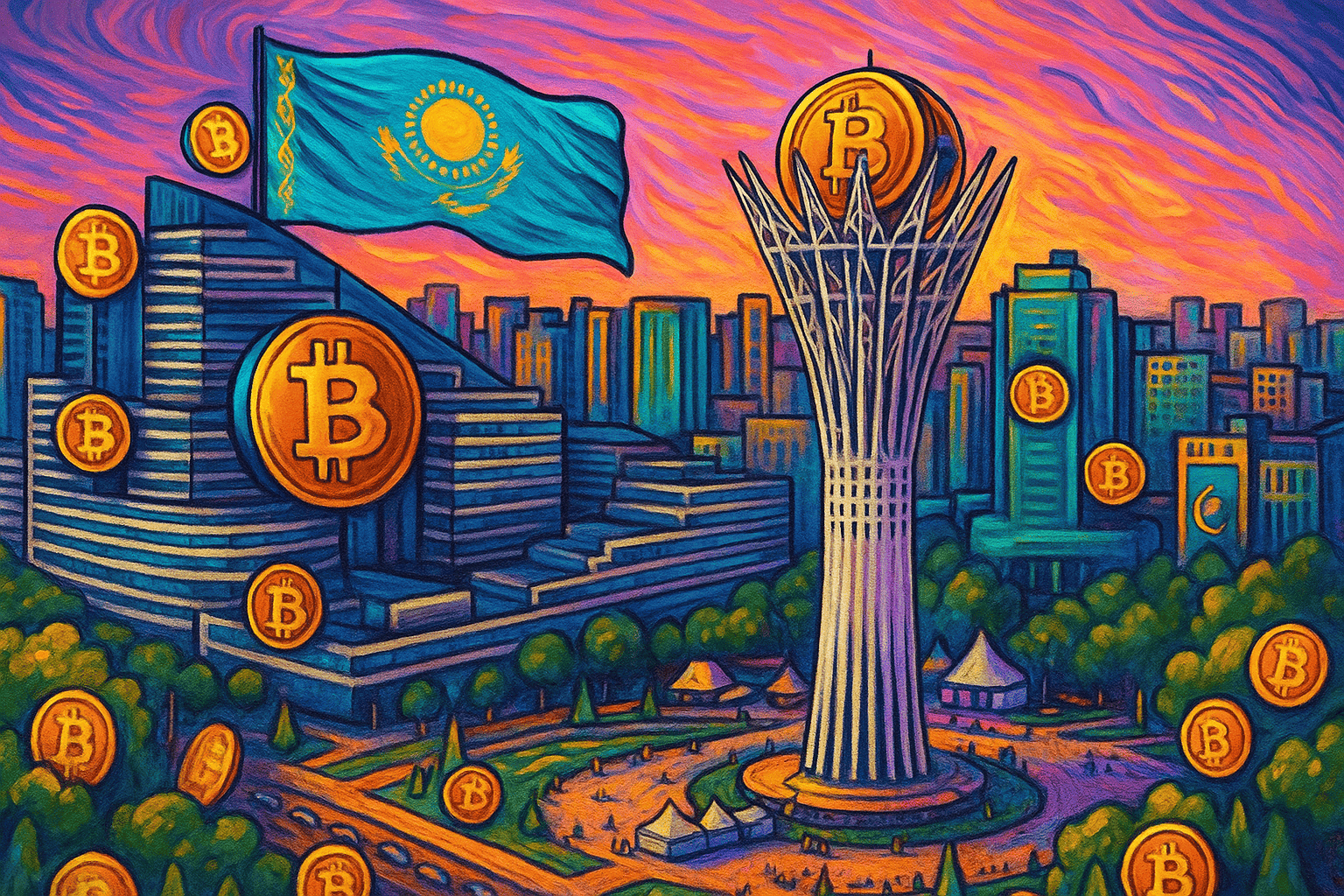Popular cryptos
Curve DAO Token
Download app Ironwallet and get tool for making transaction without network fee
About Curve DAO Token
Curve DAO Token (CRV) is a cryptocurrency that plays an integral role in the Curve.fi ecosystem. Curve is a decentralized exchange for stablecoins that uses an automated market maker mechanism to manage liquidity. CRV powers the governance and utility of the protocol.
History of Curve DAO Token
Curve launched in January 2020 as a DEX tailored for efficient stablecoin trading. The protocol was forked from Compound’s money market system. In August 2020, ownership of Curve’s contracts were transferred to a DAO, marking one of DeFi’s first truly decentralized protocols. The CRV token was launched as part of this transition.
CRV tokens represent voting shares in Curve’s DAO. CRV holders can vote on protocol parameters and distribute treasury funds. The DAO also controls Curve’s liquidity pools and determines trading fees.
Purpose and Function of CRV
As a governance token, CRV allows holders to guide Curve’s future development. Voting power is determined by the number of CRV tokens held. Many crucial decisions like adding new pools or adjusting fees require CRV holder approval.
CRV also functions as a reward and utility token within Curve’s liquidity pools. Liquidity providers earn CRV rewards in addition to swap fees for staking liquidity. CRV can then be staked in specific pools to boost APY on stablecoins.
How Many Curve DAO Tokens (CRV) Are in Circulation?
As of now, the total amount of Curve DAO Tokens (CRV) available is 1,111,788,015, with a ceiling set at 3,303,030,299 CRV. Similar to Bitcoin, the pioneering digital currency, the Curve DAO Token introduces a fixed supply model. This model is prevalent among cryptocurrencies to introduce a safeguard against inflation, potentially positioning them as a viable investment for preserving value over time.
The governance model of the Curve network allows its users to suggest modifications to the token’s total supply, leveraging its decentralized governance structure. The market capitalization of CRV, which is the product of the circulating supply and its current price, is a critical metric. It not only positions Curve DAO Token in relation to its competitors but also highlights its significance in the broader cryptocurrency market.
Use Cases for CRV
The primary use cases for CRV involve governance, staking for yield, and boosting rewards.
CRV holders get to control protocol parameters like fee levels, asset listings, and pool weights. They also manage Curve’s DAO treasury funds.
Staking CRV generates more CRV. Many DeFi protocols offer optimized staking yields through strategies like convexity.
Depositing CRV into certain liquidity pools significantly boosts the APY on stablecoins. This incentivizes more liquidity provision to Curve.
Staking and Earning Rewards with CRV
Curve offers a few main options for staking CRV. The gauges product lets users stake CRV in exchange for veCRV power. This boosts voting influence while earning CRV rewards.
For higher yields, CRV can be staked in Convex Finance. Convex automates compounding and claiming of CRV rewards to optimize APY.
Depositting CRV into “CRV-eth” or “CRV-btc” liquidity pools generates over 20% APY on stablecoins. This is possible due to Convex and CVX token subsidies.
Future Outlook and Developments
Moving forward, Curve aims to cement its dominance in stablecoin DEX liquidity while expanding into new assets.
Planned improvements include cross-chain bridges, concentrated liquidity, and new pool types beyond stablecoins. Curve’s forthcoming “Factory” pools will bootstrap liquidity for non-stablecoin pairs.
As DeFi grows, expect Curve’s liquidity and CRV’s role to expand. The protocol’s first-mover advantage in stablecoin DEX provides a strategic advantage.
How to Buy, Sell, and Store CRV
CRV can be purchased on centralized exchanges like OKX and KuCoin. For decentralized options, 1inch Aggregator offers aggregrated DEX pricing.
CRV is an ERC-20 token so it can be stored in any Ethereum wallet like IronWallet. For optimal security, a hardware wallet like Ledger or Trezor is recommended.
Being an ERC-20 token, CRV can be traded on DEXs like Uniswap without a centralized intermediary. Make sure to trade on v3 for the best pricing.
Conclusion
Curve DAO Token has quickly become a core component of DeFi crypto markets. As a governance token for the leading stablecoin DEX, CRV has accrued tremendous value. The protocol’s growth trajectory looks promising as stablecoins and DeFi gain adoption. CRV unlocks greater earning potential and control over this key DeFi building block.
Popular cryptos
FAQ
Die sichere Aufbewahrung von Kryptowährungen ist von größter Bedeutung. Es gibt verschiedene Möglichkeiten, CRV zu speichern:
- Hardware-Wallets: Geräte wie Ledger oder Trezor sind physische Geräte, die die privaten Schlüssel des Benutzers sicher offline speichern.
- Software-Geldbörsen: Wallets wie Metamask oder MyEtherWallet bieten ein Gleichgewicht zwischen Komfort und Sicherheit.
- IronWallet: IronWallet ist eine nicht-verwahrende Geldbörse für Kryptowährungen und bietet eine Möglichkeit, Ihre Kryptowährungen, einschließlich CRV, sicher zu verwalten und zu speichern.
Denken Sie immer daran, Sicherungskopien der privaten Schlüssel und Wallet-Phrasen an sicheren Orten aufzubewahren.





















